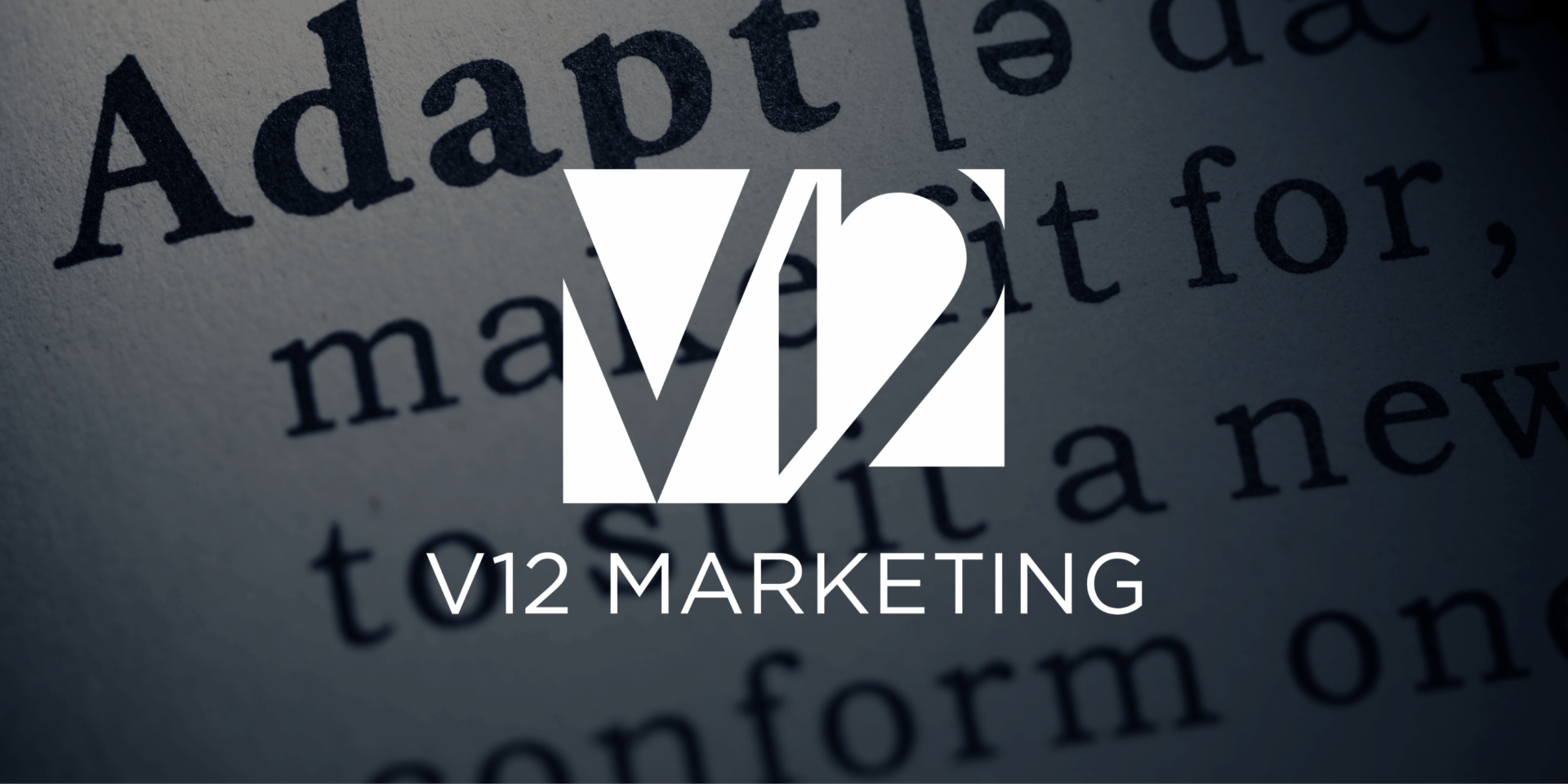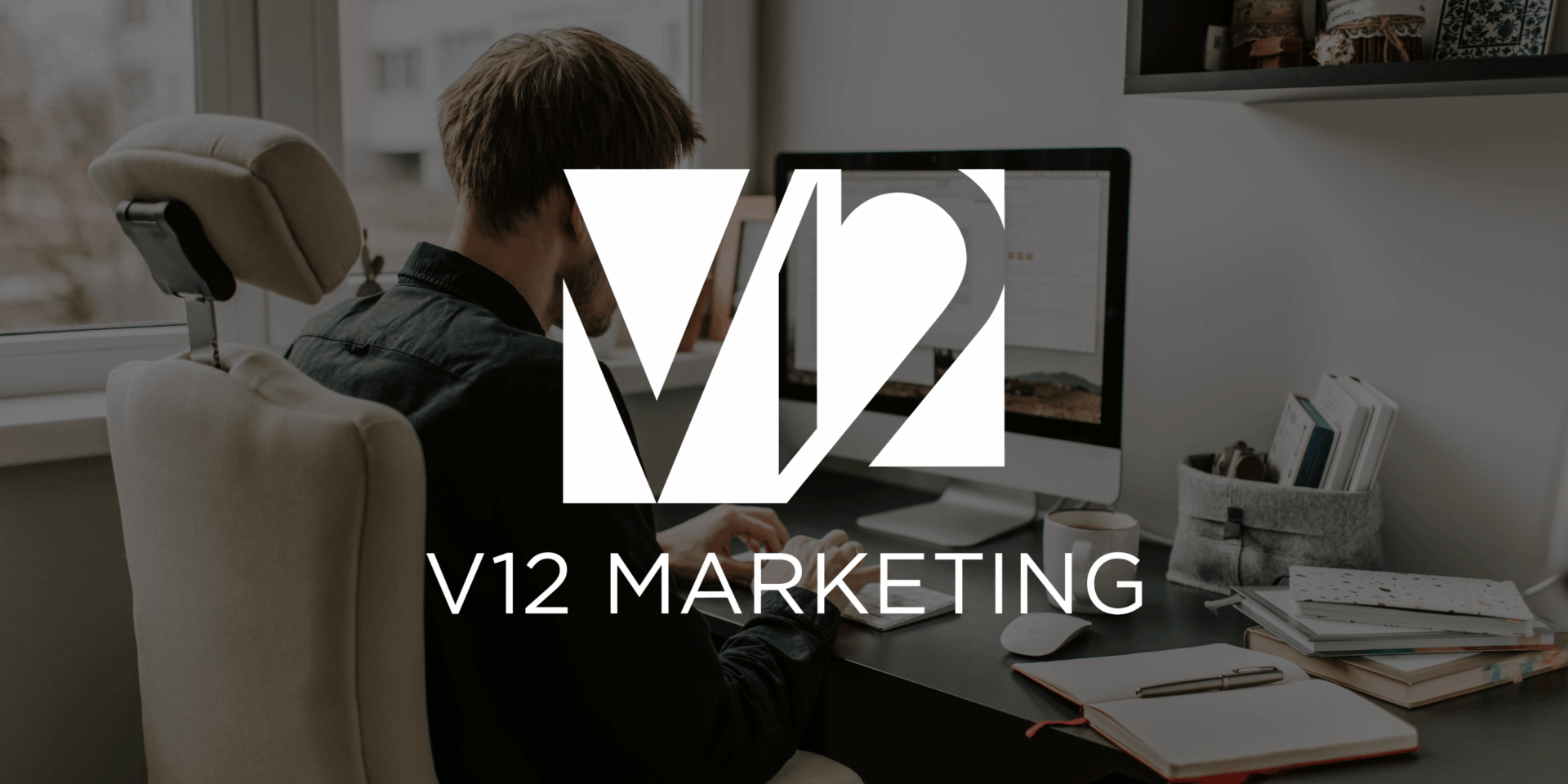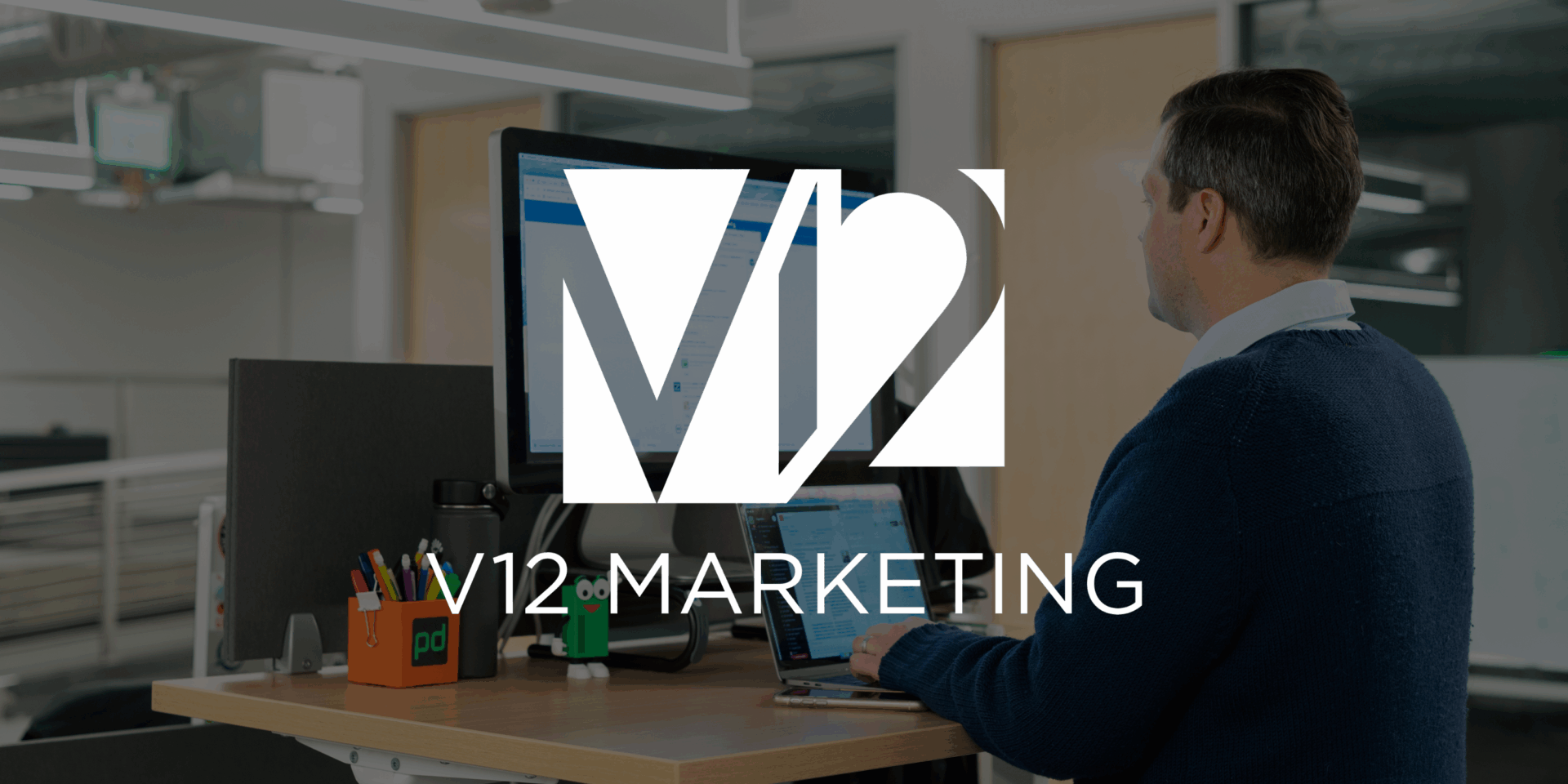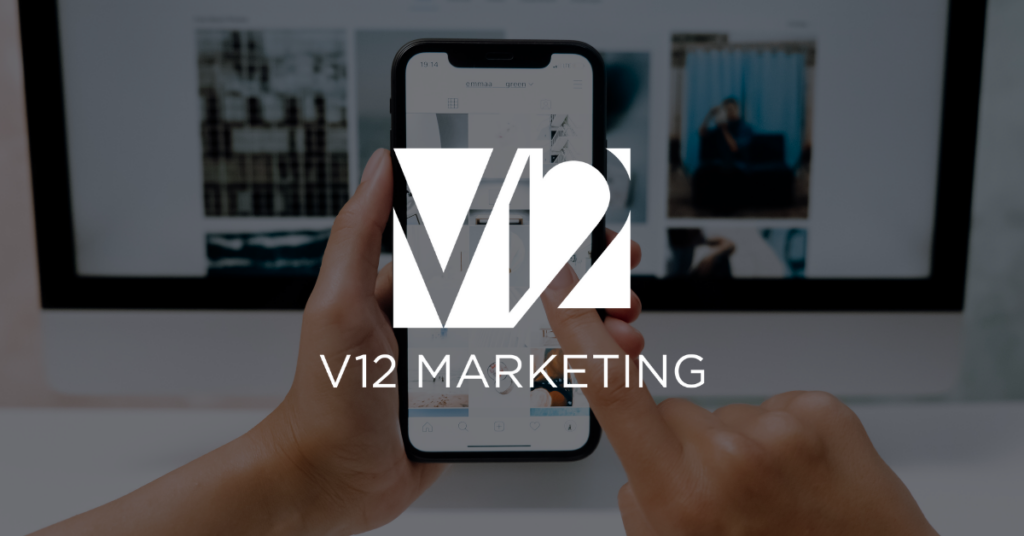
A brand’s website is frequently the initial point of interaction between a company and potential clients in the modern digital era.
A well-designed website may increase interaction, build trust, and leave a lasting impression. To do this, though, calls for a thorough comprehension of User Interface (UI) and User Experience (UX), two vital facets of web design. However, what are UX and UI precisely, and how can they help firms trying to design the ideal website? Now let’s get started.
Understanding User Interface & User Experience 🔮
The main focus of user experience, or UX, is on the way a person engages with and uses a good or service. UX, as it relates to websites, includes the site’s general vibe. It’s about ensuring that users can quickly locate what they’re searching for, browse pages without getting frustrated, and effectively complete their tasks. User-centered, smooth, and intuitive UX design is what makes it good.
Conversely, user interface (UI) is concerned with how a website feels and looks. It includes every aspect of the website’s interface design, including the typography, color palettes, and buttons and icons. The goal of UI design is to create a visually beautiful environment that enhances the usefulness that UX design offers.
The Advantages of Effective UI and UX Design 👨💻
1. Increased Contentment with Users
Positive user experiences are guaranteed by websites with superior UX and UI design. Users are more inclined to spend more time on a website if they think it is visually appealing and easy to use. Since users are more likely to do desired activities, such as making a purchase or filling out a contact form, this greater engagement can result in higher conversion rates.
2. A better understanding of the brand
Your brand is reflected on your website. A well-designed website with a polished, businesslike appearance exudes credibility and confidence. It demonstrates how your company appreciates the customer experience and is detail-oriented. However, a badly designed website can convey the idea that the company is out-of-date or unprofessional.
3. Enhanced Availability
UX includes inclusive design as a crucial element. A website can reach a wider audience if it takes into account the needs of all users, including those with impairments. Ensuring that your site is accessible to all users through the use of features like keyboard navigation, readable font sizes, and alt text for images is crucial.
4. Higher Conversion Rates
Conversion hurdles are removed by effective UX design. You may lessen the likelihood that users will leave your site in frustration by making it simple for them to navigate and locate what they’re looking for. Increased conversion rates can be attained by using factors such as informative product pages, faster checkout procedures, and clear calls to action.
5. Advantages of SEO
Websites with a positive user experience are given priority by search engines. Search engine results are affected by elements including site speed, mobile responsiveness, and low bounce rates, all of which are influenced by UX design. A website that is user-friendly and offers insightful information will rank higher in search results and attract more natural traffic.

Crucial Components of Successful UI and UX Design ✅
1. Research and Testing with Users
Effective UX design starts with knowing your audience. You can learn more about your users’ needs and how they engage with your website by conducting user research and testing. Making educated design decisions that improve user pleasure requires having access to this information.
2. Unambiguous Navigation
It should be simple and quick for users to find what they’re looking for. A logical page hierarchy, a well-organized menu, and unambiguous labeling are necessary for easy navigation. Well-placed CTAs, search capabilities, and breadcrumbs all help to enhance the user experience.
3. Design that is responsive
It is now required to have a responsive design due to the rising use of mobile devices. You should be able to navigate your website easily on any size screen. This entails keeping visual uniformity across all platforms, guaranteeing quick load times, and optimizing for touch engagements.
4. Hierarchical Visualization
Users’ focus should be drawn to the most crucial components on a page via the user interface design. Effective use of contrast, color, and spacing contributes to the development of a visual hierarchy that facilitates user comprehension and action. Key ideas are to prioritize readability and reduce clutter.
5. Steady Branding
The identity of your brand should be continuously reflected throughout your website. This entails making consistent use of the fonts, colors, and imagery associated with your brand.
Maintaining a consistent brand image not only fortifies your brand’s identity but also fosters audience trust.
A strong website is a valuable tool for every brand in the cutthroat digital world. You can design a website that not only looks attractive but also gives users a smooth and delightful experience by concentrating on both UX and UI. The advantages are obvious: higher user satisfaction, better accessibility, better brand perception, higher conversion rates, and SEO benefits.
Putting money into UX and UI design helps you differentiate your business and leave a lasting impact, not just follow the latest trends. Make UX and UI a top focus while creating a new website or redesigning an old one. Users will reward you, as will your financial line.
Looking for a modern website tailored for your brand? Contact our team for your free consultation!

